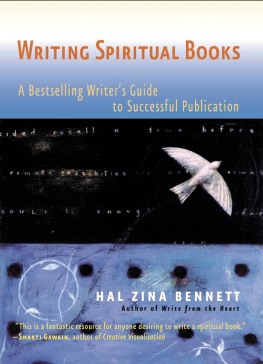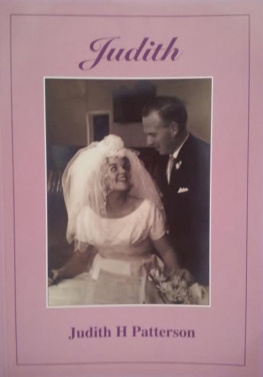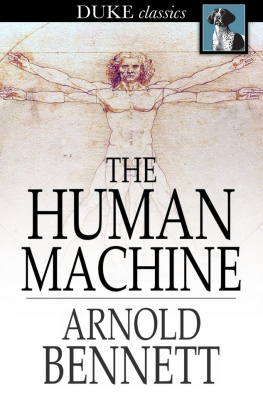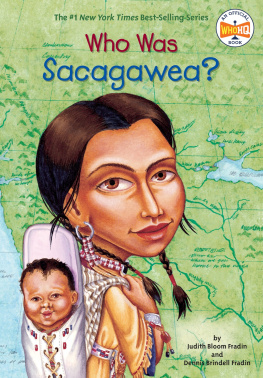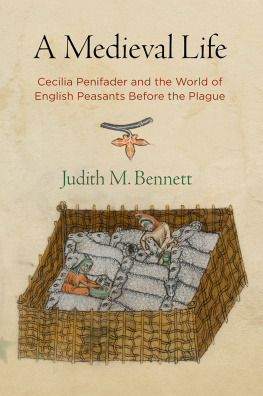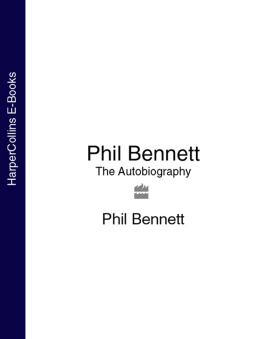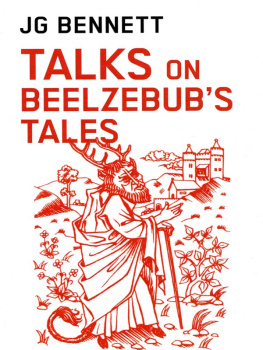

Published by Otago University Press
Level 1, 398 Cumberland Street
Dunedin, New Zealand
www.otago.ac.nz/press
First published 2015
Copyright the author as named
Volume copyright Otago University Press
The moral rights of the author have been asserted.
ISBN 978-1-877578-88-5 (print)
ISBN 978-1-927322-70-3 (Kindle)
ISBN 978-1-927322-71-0 (ePub)
ISBN 978-1-927322-72-7 (ePDF)
A catalogue record for this book is available from the National Library of New Zealand. This book is copyright. Except for the purpose of fair review, no part may be stored or transmitted in any form or by any means, electronic or mechanical, including recording or storage in any information retrieval system, without permission in writing from the publishers. No reproduction may be made, whether by photocopying or by any other means, unless a licence has been obtained from the publisher.
Ebook conversion 2016 by meBooks
Cover image: Genealogy Ties, 2010, by Leanne Joy Lupelele Clayton, Tautai: Guiding Pacific Arts (www.tautai.org). Magnania paper and water-based ink. Upati board print and embossing.
CONTENTS
LIST OF ILLUSTRATIONS
Figures
Maps
Tables
Dedication
In honour of Murray Chapman, teacher, mentor and friend
Kalani, Linley, Kalea and Murray at Makaruka, Tasimauri, at the time the headquarters of the Moro Movement, 1972.
Photograph: Peter Pirie with kind permission
ACKNOWLEDGEMENTS
Of making many books there is no end, and much study is a weariness of the flesh (Ecclesiastes 12:12). The making of this book is ended, and the weariness of the flesh has been much eased by the help of several dedicated people. Thanks go to Antje Lubcke who did careful editorial work on the initial drafts and fa`afetai tele lava to generous Samoan artist Leanne Joy Lupelele Clayton for the wonderful cover image. Les ONeill has made many of the maps and been patient with several changes I have asked of him as contributors did revisions. I thank him for his work. I am grateful to the History and Art History Department and the Division of Humanities of the University of Otago, Dunedin, for their support, evidenced in many practical ways. We are all indebted to our two readers, particularly to Richard Bedford who, in making detailed and helpful comments, revealed his identity. His wide knowledge of the field and the Pacific context were of immense value to all of us. Richards suggestions regarding the structure of the collection were especially useful. Though we dedicate this collection to Murray Chapman, we were bold enough to ask his advice on several matters and are again in his debt. At Otago University Press, publisher Rachel Scott and her staff have been a delight to work with. All of us thank them, especially copy editor Imogen Coxhead, for their professional expertise and efficiency.
I thank all the contributors, located in Oceania and beyond from Solomon Islands, New Zealand, Fiji, Hawai`i, across to Canada for their persistence, patience and trust. They persevered when, through no fault of theirs, some chapters had to be revised because of a delay with the processing of the first full draft. One or two of us wearied and almost fell off our canoe when we encountered such unexpected reefs and contrary winds. Even so, the canoe and its several voyagers have finished the course, sometimes relying on chancy dead reckoning, but always safeguarded by the certainties of our guiding stars and the feel of the great oceans currents under our bodies.
JUDITH A. BENNETT
Dunedin/tepoti, 2015
PART 1
PEOPLE AND PACIFIC PLACES
1. SEEKING THE HEART OF MOBILITY
JUDITH A. BENNETT
Pacific leaders must have a sense of pride in themselves and their cultural histories in order to be able to survive the turbulences of their modern environment. This means that you must be able to find yourselves in your cultural histories and indigenous references before tackling the references of others.
Tui Atua Tupua Tamasese Taisi (2010)
The essays in this book seek to explore some of the vast range of journeying within Oceania. Journeys through space and time, to use Eric Waddells words in this work, emerge most clearly in studies of movement in specific island settings. Such settings are pivotal in the human production of cultures and ways of knowing. Following this introduction to present our contributors and Murray Chapman in part one, the essays are organised around these two central themes; part two considers the meanings of mobility in Oceania, and part three addresses the meanings of cultures in the region in terms of artefacts, practices, ways of knowing and research.
We learn of Murray Chapmans journey via an interview with David Gegeo, who shares Murrays abiding interest in indigenous epistemologies (Gegeo and Watson-Gegeo 2001). Just as Oceanians do, Murray, who lives now in Hilo on the Big Island of Hawai`i, has always carried his home place with him through space and time. His working-class origins, emphasising the value of fairness reinforced by the social democracy of a kinder Aotearoa-New Zealand (as it was before the late 1980s), have left their cultural imprint on Murray. His intellectual and research journey has traversed Oceania several times. From the dirt floor of a humble Mori home in Murupara, New Zealand, to the highly polished linoleum-tiled floors of the University of Washington, Seattle, to the split-palm flooring of leaf houses in Tasimauri, Guadalcanal, and on to the cured-concrete hallways of the University of Hawai`i, he has walked the talk and researched, but listening all the while. He has done his own share of circulating around the region, attending many conferences where he has contributed as an academic, as well as taking up a number of visiting fellowships at Cornell, New York, Liverpool, Noumea and Honiara. Then the glorious luxury of it as an emeritus professor in theoretical retirement, he went to listen to the young and the bright at conferences in Apia in 2002, Suva and Dunedin in 2006, Papeete in 2009 and Wellington in 2012. He last took a sojourn to the Solomons in 2009 to catch up and tok stori with old friends.
Journeys have been described as short-term migrations, movement, circulation, ruralurban drift and evidence of depopulation. But journeys are more than these terms imply, for although these concepts have proved useful for geographers and other social scientists from the 1950s to the early 1980s, they can still connote forms of mechanistic and individualistic reaction to capitalist pressures. Thus, in this model derived from neoclassic economics, individuals and populations from so-called less-developed regions move in certain directions towards developed labour markets because of external or etic forces, such as the lack of local earning opportunities and/or the need to improve their standard of living (Lewis 1954).
In the Pacific these factors, with a dash of dependency theory, were explicit in the dominant paradigm of the MIRAB economies where migration, remittances, aid and an oversized bureaucracy were seen as the means of financial survival for small island countries from 1985 for a decade and beyond (Bertram and Watters 1985; Barcham et al 2009). Those who chose migration were characterised generally as being in transition between the periphery and the centre, out of place from their point of origin and victims of social displacement. This kind of movement can be measured statistically in several ways, most commonly with censuses. Such concepts and statistics rarely capture the processes as well as the structure of movement dynamics and how these have operated over time (Chapman 1978, 561), but as metaphors of movement they have powerfully influenced economist government planners, whose policies may then reflect a false reality (Chapman 1991, 274).






